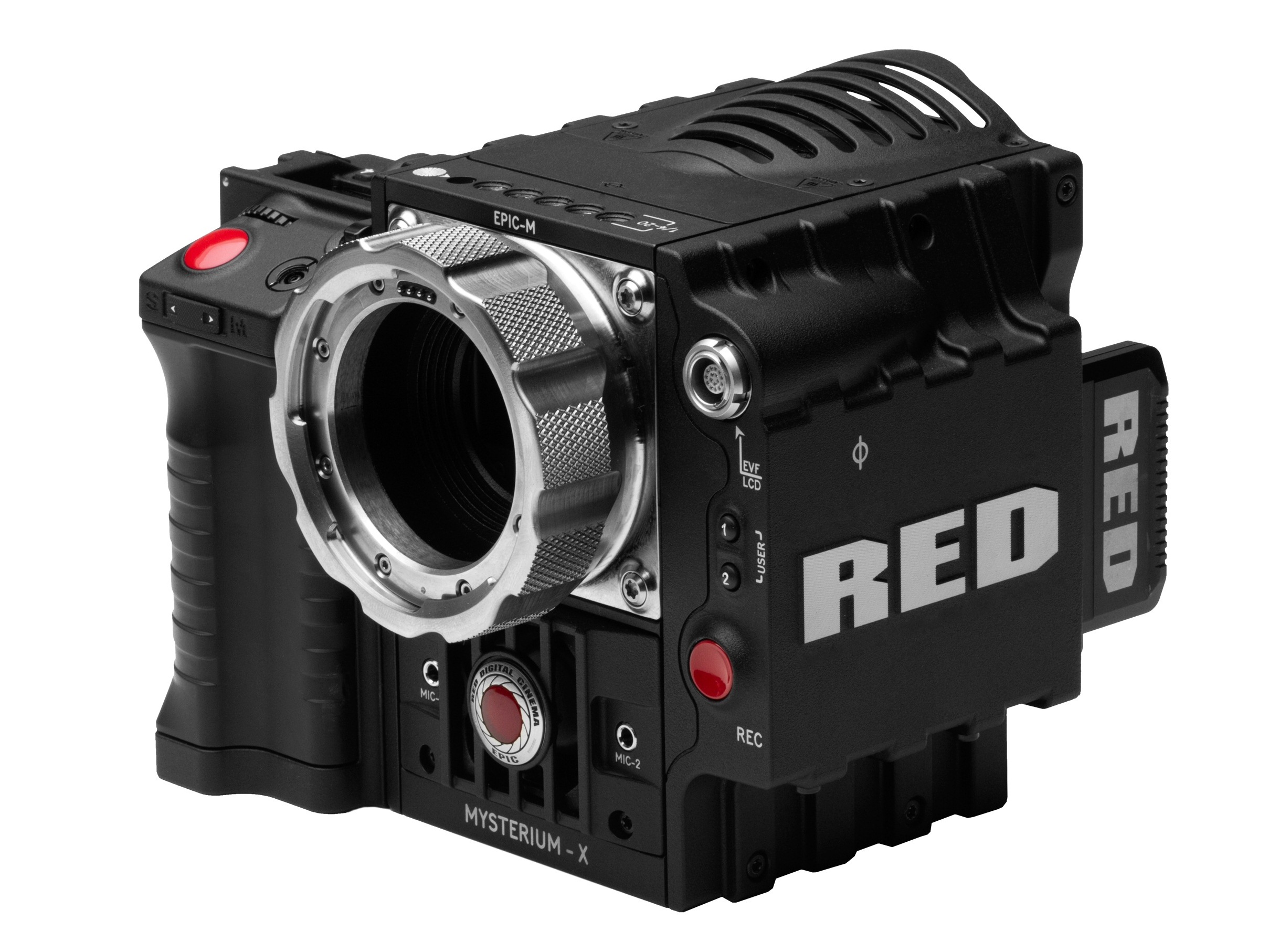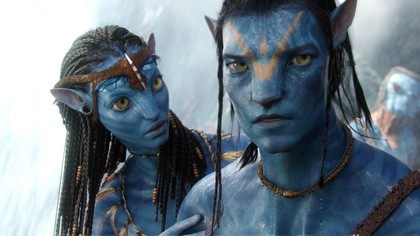Do we need higher frame rates?

What does 'cinematic' mean? Is softness, film grain or the occasional blur or judder on a cinema screen 'filmic' or just plain old-fashioned, out-dated and inherently weak, technically speaking?
There's a movement in Hollywood to start shooting in high frame rates, and it could change the way we look at films forever.
At present, the argument goes, we're used to seeing films in the cinema look a certain way, and equating that experience with how all films should look.
It may be completely digital, hi-def and even 3D – your local multiplex and your home cinema have never been so advanced – but that blur on your Blu-ray and juddery pan at the flicks is all down to the photographic frame rate. Or lack of.
The industry standard of 24 frames per second (fps) of video has only just crept into our homes thanks to Blu-ray and HD-ready TVs, but there's a drive in Hollywood to increase it by as much as 500 per cent to 120fps.
Put simply, the more frames that are filmed, the less the camera's shutter is closed, and the more motion data is produced – with the human eye seeing a much smoother movement. At the moment, movies are provided to cinemas in the 24 fps format, with each frame 'flashed' twice to make it appear fast enough to be watchable. A Blu-ray player does exactly the same thing.
The Hobbit & Avatar 2
Peter Jackson's The Hobbit – currently in production – is being shot at 48 fps, while James Cameron has said that he intends to film Avatar 2 in 60 fps. Both will appear in 3D, too, though neither of the higher frame rates can be handled by the current (and fairly new) generation of digital cinema equipment.
Sign up for breaking news, reviews, opinion, top tech deals, and more.
The promise is incredibly smooth, hyper-real video that will revolutionise high-octane action movies and give every movie a fresh new 'look'; the word 'cinematic' is about to change forever, but why is a higher frame rate so important? And why now?
"I hate going to the cinema because of the 24 frames per second format – panning shots and motion is always juddery," says Alan Roser, managing director at high-end projector specialist Sim2 UK. "In modern film-making the cameras are always moving, and motion is very awkward and juddery. To get around that we use interpolation, but then films look more like video.
A higher frame rate gives much smoother panning shots, but purists may think it still looks like video. More importantly, has the director got his focal length correct, and done his panning shots correctly? In modern films that's not always the case."
It all comes down to the maths involved in frame rates, and the complication caused by the need for 3D. "The Digital Cinema specification actually already supports 48 frames per second, but the industry hijacked that for 3D purposes," says Bill Foster, Senior Technology Consultant at Futuresource Consulting, explaining that instead of creating in 48 fps, movie directors have instead sought to create two images, each at 24 fps, for each eye.
"Because it's being shot in 48 fps in 3D, when The Hobbit goes to cinemas it will actually be 96fps, which is not supported by current Digital Cinema equipment," says Foster. "There's frantic work behind the scenes; the server containing the movie needs to be inside the projector because cables able to carry the data don't yet exist." Foster explains that cinemas would need to have local servers in each projector, rather than showing films from a central server, as they do now.

If The Hobbit will present a challenge to cinemas, the Avatar sequels could bring even more. "Projecting 60 fps material is not technically a problem for cinema projectors," continues Foster, "since they already show 3D images at 144 fps by using 'triple flash' technology – they get the data once and show in three times. It's more a question of getting the data into the projector in the first place."
And on to Blu-ray? If we're to watch movies in higher frame rates, it's surely only a matter of time before TVs support its playback. "Delivery is all about bandwidth – more speed, more space, and more congestion – how do they manage that?" says Roser. "They could put more layers on a Blu-ray disc; 4k video at 24fps is possible, but 3D doubles it."
Mathematic nirvana
While Jackson and Cameron experiment with 48 fps and 60 fps, some say that 120 fps is what the film industry should really be aiming for; it's divisible by both 24 and 60, making it a catch-all mathematic nirvana that would make backwards-compatibility, oversampling (capturing more data than you need, for future applications) upscaling and interpolating relatively simple.
There is another idea, and it comes from one of the pioneers of shooting in higher frame rates. Director Douglas Trumbull created a technology called Showscan in 1983 for his Brainstorm movie. Trumbull, who also worked on Blade Runner and 2001: A Space Odyssey, shot Brainstorm at 60 fps, but had trouble popularising the idea.
Cinemas weren't convinced of the need – and they still aren't today. Writing on his website last month, Trumbull talked about a higher frame rate creating a new kind of realism, and how a "a paradigm shift in the technology of experiencing a movie in theatres" was needed, but he also outlined how it's possible to get the benefit of higher frame rates without the need for new storage formats and displays, while retaining a familiar 'look' to films.
"Having shot material at 120 frames with a 360-degree shutter, it is a simple and perfect conversion to digitally merge three frames into one, and delete the next two frames, thus resulting in a 24 frame movie without any artifacts, and while retaining the normal blur," wrote Trumball.
"This patented process will provide a compression of visual data that will bring immense improvement to the viewing experience, and also offers the unique opportunity to 'embed' 60 fps object motion within a 24 fps overall 'look', thus preserving the cinematic texture while enabling unblurred fast action."
Are Cameron and Jackson risking creating an overtly 'video' look to their upcoming movies? Higher frame rates should rid 3D of the judders and flickers, and introduce more clarity, impact and immersion to 2D movies, but there are significant barriers.
Whether the industry adopts 48, 60 or 120 frames per second remains to be seen – as does its loyalty to 3D, which technically uses-up half of that extra frame rate.
Choices have to be taken, investment made and equipment created before higher frame rates become a reality, but for blockbuster action films it already seems a case of when, rather than if.

Jamie is a freelance tech, travel and space journalist based in the UK. He’s been writing regularly for Techradar since it was launched in 2008 and also writes regularly for Forbes, The Telegraph, the South China Morning Post, Sky & Telescope and the Sky At Night magazine as well as other Future titles T3, Digital Camera World, All About Space and Space.com. He also edits two of his own websites, TravGear.com and WhenIsTheNextEclipse.com that reflect his obsession with travel gear and solar eclipse travel. He is the author of A Stargazing Program For Beginners (Springer, 2015),